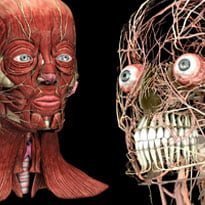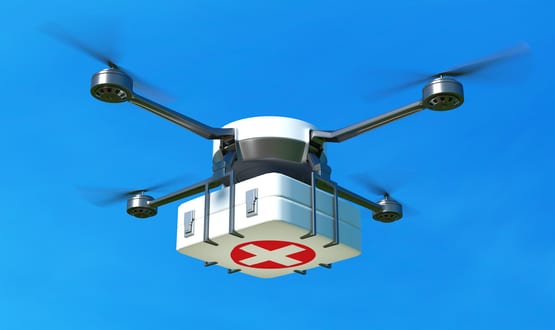Dental students get 3D training
- 7 June 2013

New 3D visualisation software of the head and neck is transforming medical and dental training in Scotland.
The 3D Digital Head and Neck, commissioned by NHS Education for Scotland and developed by the Glasgow School of Art’s Digital Design Studio, enables students to manipulate and interact with a 3D head and develop their understanding of anatomy.
The model includes accurate visualisations of the skeleton, nervous system, blood supply, muscles, supporting tissues and lymphatic drainage.
Dean of postgraduate dental education in Scotland David Felix said that traditionally, medical students had learnt about the anatomy by dissecting cadavers.
“It’s well recognised that cadaveric dissection has a number of disadvantages. The process of dissection is destructive, and once you’ve done it you can’t put it back together again,” he said.
The 3D software can be used repeatedly and will be used as well as traditional dissections.
“The concept was it would allow trainees and undergraduate students to use the resource at their own pace,” he added.
The software also allows dental students to simulate carrying out a particular injection, using a haptic arm, which resembles a large pen.
“The injection simulator gives a realistic appreciation of what it feels like for a needle to go through the skin through muscle and actually hit bone,” said Felix.
“If I look back to when I was a dental student, the only way you could do this was to practise on each other, or sometimes you did it on a patient for the first time.”
NHS Education for Scotland has installed 3D suites in dental schools in Glasgow, Aberdeen, Stornoway and Inverness, and plans to install suites in Edinburgh and Dumfries.
Students at the University of the Highlands and Islands in Inverness and Stornaway have been using the resource for several months.
The software is also available in 2D form, said Felix: “You can use the resource and manipulate the images on a laptop or PC, so students will be able to access it and use it at their leisure.”
“In medical terms, the ultimate aim would be to consider scanning in the rest of the body. The head and neck is probably the most complicated anatomical area in the body, and the rest of the body is a possibility that we would like to aspire to.”




